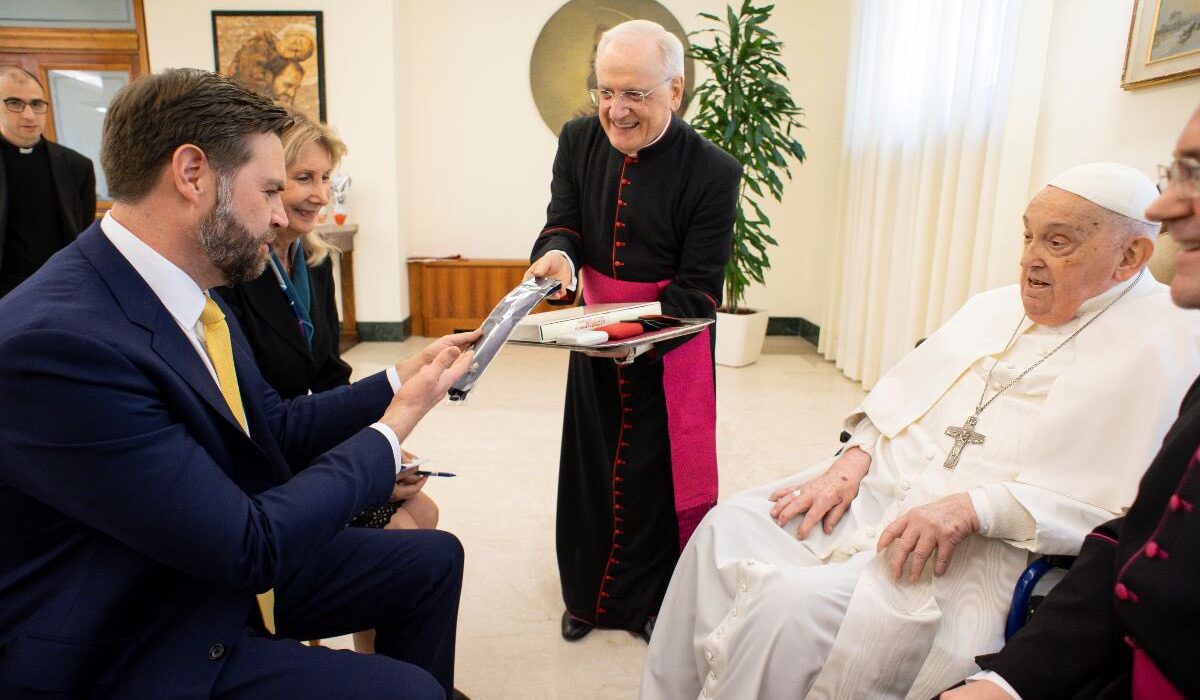The Roman Catholic Church follows a unique and solemn process whenever a pope dies. This moment not only marks the end of one leadership but also the beginning of another.
On Monday, the Vatican announced in a video statement that Pope Francis, the first Latin American leader of the Church, had passed away at the age of 88. His death came after he had survived a recent bout of double pneumonia.
His time as pope was often full of challenges as he tried to modernize and reform the Church, which is known for its deep-rooted traditions and slow-moving structure.
Now that Pope Francis has died, a very detailed process begins. First, the camerlengo, who is currently Irish-American Cardinal Kevin Farrell, must confirm that the pope has truly passed away.
This is done through an old tradition of tapping the pope’s forehead three times with a silver hammer and calling his name. After confirming the death, the camerlengo seals the pope’s private apartment and starts preparing the funeral arrangements.
Along with three other cardinals chosen randomly, he also decides when the pope’s body will be moved to St. Peter’s Basilica for the public to view. During this time, the pope’s Fisherman’s Ring and lead seal are destroyed to prevent misuse.
There is no autopsy done. The mourning period lasts for nine days. During this time, prayers and ceremonies are held to honor the pope. The funeral is usually held four to six days after his death in St. Peter’s Square.
While many popes before him were buried in the crypt of St. Peter’s Basilica, Pope Francis had previously stated that he wished to be buried in the Basilica of St. Mary Major in Rome.
His burial will follow the tradition of placing his body in a cypress wood casket, which is then sealed inside a lead one and finally placed in an outer pine box.While the Church mourns, the day-to-day running of the Vatican slows down.
The College of Cardinals takes over simple duties but cannot make major decisions. Their main job during this time is to organize the election of the next pope. This process, known as the conclave, begins between 15 and 20 days after the pope’s death. It takes place in the Sistine Chapel inside the Vatican.
All cardinals under the age of 80 are allowed to vote. They stay inside Vatican City for the entire process. To elect a new pope, a two-thirds majority plus one is needed, which can lead to many rounds of secret voting.
When a new pope is finally chosen, he is asked if he accepts the position and what name he will take. He then dresses in his new papal robes and sits on the throne in the Sistine Chapel.
Each cardinal then approaches him to pay respect and promise loyalty. The world learns about the election when white smoke rises from the chapel’s chimney, a result of burning the ballots with special chemicals.
If the vote is not successful, black smoke is released instead.Shortly after the successful vote, the dean of the College of Cardinals appears on the central balcony of St. Peter’s Basilica and announces “Habemus Papam,” meaning “We have a pope.”
The new pope then steps out, gives his first blessing, and begins his journey as the spiritual leader of over a billion Catholics worldwide.

